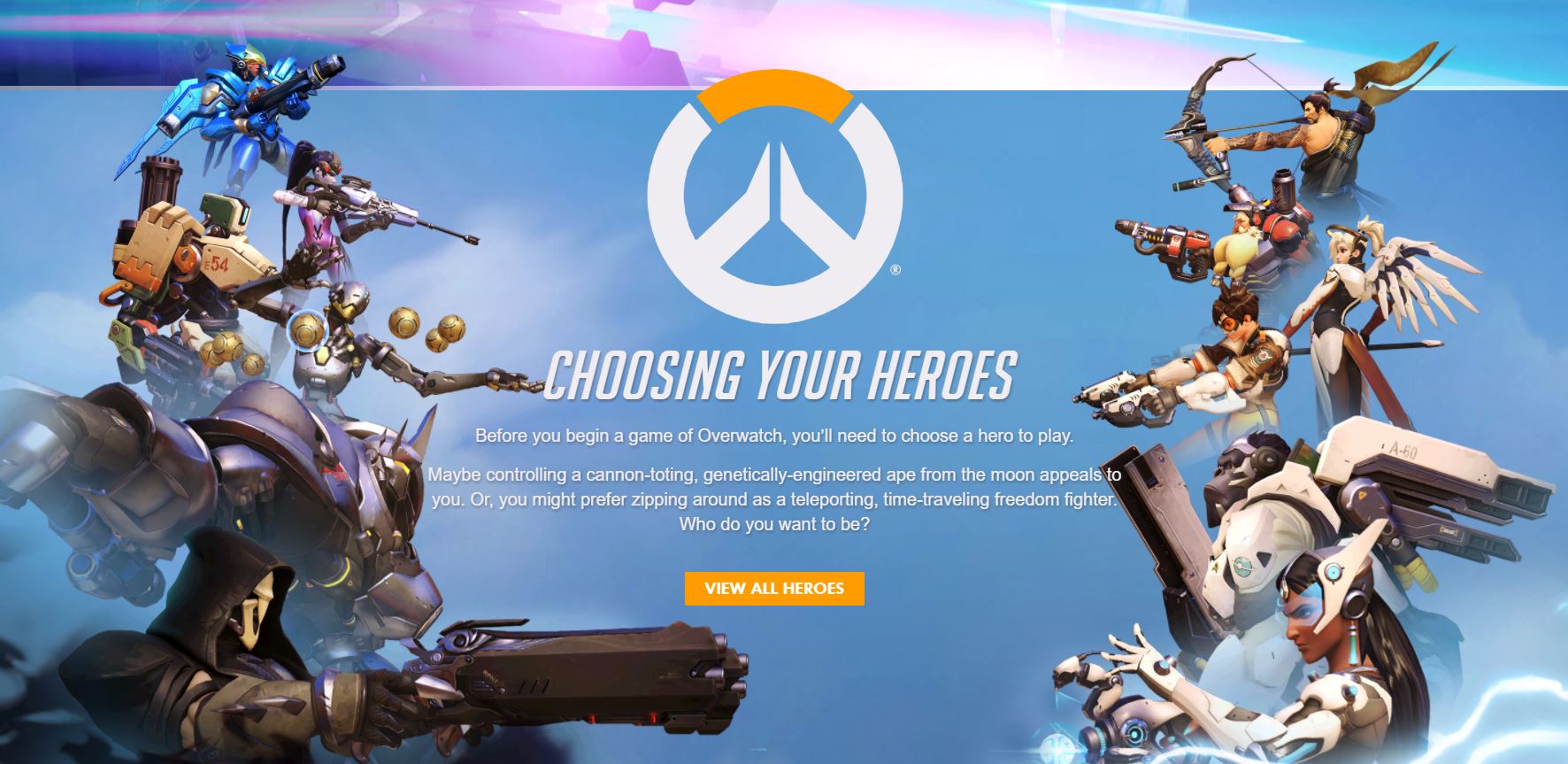The Game
Overwatch is a great presence in the world of First Person Shooters. As with most of its stable, Blizzard took a beloved genre and made it readily accessible to the masses, discarding grind-to-win or pay-to-win unlocks (in favor of pay-to-be-pretty, but without the hat-based economy). This design makes it perfect for gamers like me who don’t have the time in their day (or life) to grind out the best weapons and perks just to stay alive (let alone competitive) in matches. But as with other competitive online games, there is a consistent point of contention: matchmaking.
The Challenge
Matchmaking has the simple objective of creating as close to a level playing field as possible, achieved through an incredibly complex system to group players of similar skill. While ranked matchmaking naturally receives the most attention from the development team and community, Quick Play deserves to be a balanced experience as well. I’ve recently noticed an odd consistency in perceptibly “uneven” Quick Play matches (with one team absolutely stomping the other): significant difference of total Player Level between teams.
The Problem
I’ve experienced this from both sides of the match (victor or loser), and when I check the scoreboard, I see this:

The disparity is immediately visible based on portrait embellishments, but here’s the numerical breakdown of player levels.
Group A [746] + Group B [971] = Red Team [1717] Group C [251] + Group D [448] = Blue Team [699] Team Level Ratio = 2.46 : 1
The matchmaking results in the Red team having 146% more experience than their competitors. There’s an argument that player level does not necessarily equate to skill level, but it’s called “experience” for a reason. The more experience you have doing something – even a basic task – the (likely) more proficient you are at said task. This is even more significant in games like Overwatch, where you gain not only task-level practice with the game but also intimate familiarity with each character (playing as or against), ability combinations, maps, and other nuances. Even the most skilled [insert gritty war shooter here] player would initially perform poorly in Overwatch without in-game experience.
The Solution
Since both teams in the above example are comprised of two 3-player groups, it’s a quick calculation to determine that 1717 levels is greater than 699.
Simply swapping Group B and Group D would have resulted in the following matchup:
Group A [746] + Group D [448] = Red Team [1194] Group C [251] + Group B [971] = Blue Team [1222] Team Level Ratio = 1.02 : 1
I realize that there are a number of variables considered in the matchmaking algorithm and it’s likely that player level is already factored in, but I would argue that it needs to be given more weight given what gameplay experience represents in this genre. As Jeff Kaplan and his team prepare to improve upon their beautiful creation, I hope they’ll take experience into greater consideration in matchmaking and retain their more casual player base (who likely have more disposable income for badass/sexy character skins).

